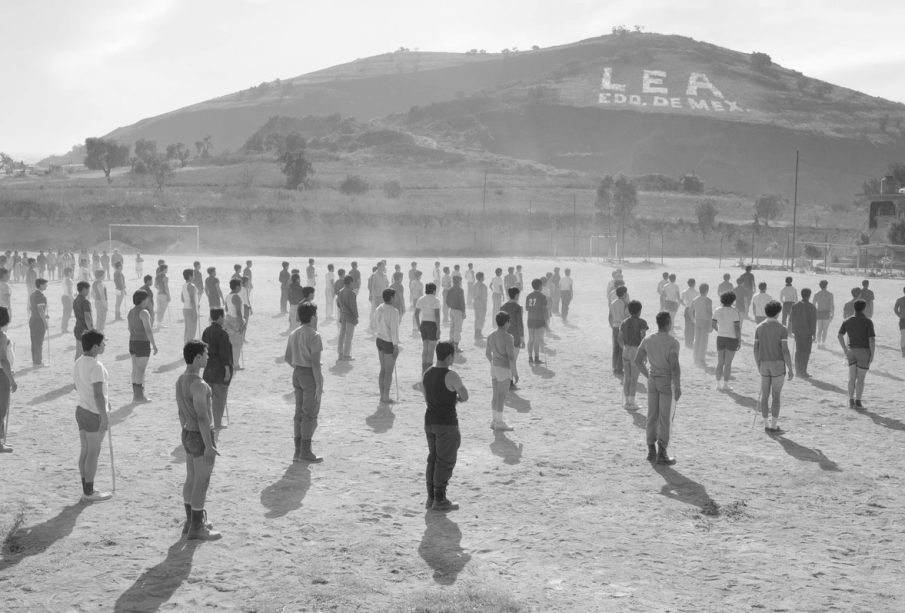Understanding the Roma Culture and Its Recent Developments

Introduction
The Roma people, often referred to as Romani or Gypsy, represent one of the largest minority groups in Europe, with a rich heritage and culture that dates back centuries. They are known for their unique customs, music, and lifestyle, which have influenced various aspects of European culture. However, the Roma continue to face significant challenges, including discrimination and social exclusion. Understanding their culture and the pressing issues they face is crucial for fostering inclusivity and promoting social justice.
Demographics and Culture
Estimates suggest that there are about 10 to 12 million Roma across Europe, with significant populations in countries like Romania, Bulgaria, and Hungary. The Roma culture is diverse, comprising various groups with distinct dialects, traditions, and lifestyles. Music plays an integral role in Roma culture, with genres such as Romani jazz and traditional folk music celebrated for their emotional depth and vibrant rhythms. Additionally, Roma festivals and celebrations are pivotal for community bonding and cultural expression.
Challenges Faced by Roma Communities
Despite their rich cultural contributions, the Roma have historically faced severe social stigma, leading to widespread discrimination and marginalization. Recent surveys indicate that Roma communities continue to experience high levels of unemployment, inadequate access to education, and poor housing conditions. The COVID-19 pandemic further exacerbated these issues, as many Roma families were disproportionately affected by health and economic setbacks.
Recent Developments and Initiatives
In response to ongoing challenges, several European governments and NGOs have implemented initiatives aimed at improving the lives of Roma communities. For instance, the EU has launched strategies focused on social inclusion and integration, providing funding for educational programmes and community health services. Additionally, advocacy groups are working tirelessly to combat stereotypes and promote a deeper understanding of Roma culture through cultural exchanges and public awareness campaigns.
Conclusion
As Europe continues to grapple with issues of social inequality, it is vital for governments, organisations, and individuals to contribute to the improvement of Roma living conditions. By fostering dialogue, promoting cultural appreciation, and addressing systemic barriers, society can move towards a more inclusive future for Roma communities. Understanding the significance of Roma culture and acknowledging the challenges they face are crucial steps in this journey. The collective efforts towards Roma integration will not only enhance the lives of millions but also enrich the cultural fabric of Europe.









